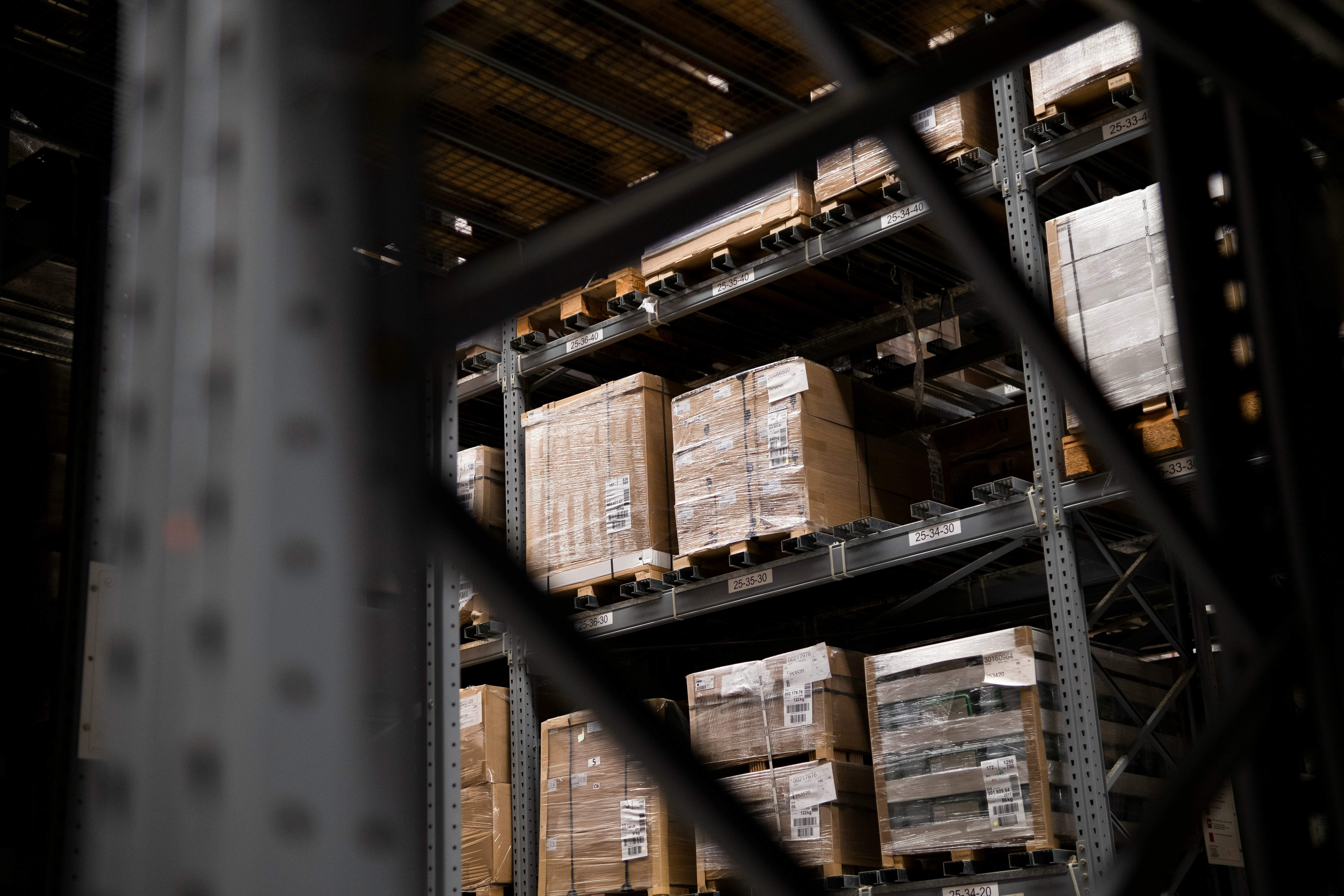You don’t have to stop selling a product when it goes out of stock. By selling on backorder, you can make products available to customers even when they’re not in your warehouse. It’s a little more effort on your end, but it can reduce overheads and improve cash flow.
This article covers everything you need to know about back orders, including what they are, how they work and why you should use them.
What is a backorder?
A backorder occurs when a customer purchases a product you don’t have in stock. Rather than listing the item as out-of-stock on your website, back ordering shows the product as available and lets consumers complete the purchase. Once the product is back in stock, you deliver it to the customer as quickly as possible.
The backorder process will change depending on your supply chain, but the interactions between retailers and customers remain the same. It looks something like this:
- You run out of stock and place an order for more units.
- You continue listing the item for sale on the website.
- A customer orders the out-of-stock product. They get an accurate delivery date at checkout.
- You take the customer’s payment information but don’t charge them.
- You deliver the product when it arrives in stock, taking payment simultaneously.
- The customer receives email notifications at every point of the journey and can track their delivery as usual once you’ve sent it.
In many cases, customers are happy to accept longer shipping times if it means they eventually get what they want. Selling on backorder also lets retailers create and maintain relationships, even when they don’t have stock.
What causes retailers to sell on backorder?
There are several reasons retailers sell products on backorder. These include:
A surge in demand
Backorders occur when retailers experience a sudden and unexpected surge in demand without the stock to fulfil it. This situation is particularly common around peak periods like Black Friday and Christmas.
Miscounted inventory
The data in your warehouse management system doesn't always match reality. This can result in you selling products on backorder without meaning to. Retailers must act quickly if this is the case and notify customers of a delivery delay.
Supply chain problems
Backorders are almost unavoidable if you operate a just-in-time supply chain and try to hold as few SKUs as possible. Even a slight delay in your supply chain can result in a backorder.
Why sell on backorder?
Why would retailers sell items on backorder rather than listing them as out-of-stock? The practice has several significant benefits, including:
- Better cash flow. With backorders, you can take payment upfront to improve your cash flow. It also means you don’t have to tie up as much capital in inventory.
- Capture every sale. If customers see an item listed as out-of-stock, their journey will likely end there. Selling on backorder lets you capture customer information and complete the sale, even if you can’t deliver the product immediately.
- Minimise warehouse space. If you sell on backorder, you will need less space. This can significantly decrease overheads and help you keep prices low.
Selling on backorder isn’t without its challenges, however. In particular, retailers will need to think about the following:
- Customer cancellations. Customers may lose faith and cancel their order if delivery takes too long.
- Customer service queries. WISMO (where is my order?) calls become much more frequent with backorders. You’ll need to think about how to address these messages.
- When to take payment. You must decide whether to take payment in advance or after shipment. One improves your cash flow; the other makes refunds easier to process.
How to make the most of backorders
If you can manage backorders effectively, they can be a fantastic inventory management tool. They can improve your cash flow, keep customers engaged and help you fulfil your promises.
Here are four tips to ensure you deliver:
- Be honest. It's important to let customers know that delivery may take longer than usual. Whether you tell them this is because the product isn’t in stock is up to you, but always make the delivery timeline clear during checkout.
- Keep in touch. Regular emails are key to a successful backorder process. Make an effort to update customers at every part of the process. That includes after the order, once you get the product back in stock, and when you’ve sent it.
- Reduce backorders as much as possible. Avoid adding too much work to your plate by avoiding backorders where possible. One solution is to suggest related in-stock products at the point of purchase.
- Make delivery as seamless as possible. When it comes time to deliver the products to customers, try to use the quickest and most convenient method. Ensure customers can choose their preferred delivery method—one localised to their domestic market if necessary.
Don’t worry if your process isn’t seamless right away. The more backorders you process, the better you’ll become.
Fulfil the final mile with Pro Carrier
At Pro Carrier, we’ve designed our international shipping process to be as quick and seamless as possible, allowing you to delight customers wherever they are in the world. What’s more, our process dovetails perfectly with many a typical back ordering process:
- We collect deliveries daily through our own managed line haul. That means you can tweak pickup times to get as many packages out the door as possible.
- We process paperwork in advance, meaning your goods spend as little time as possible stuck at customs.
- We guarantee at least five delivery updates, ensuring customers are always kept abreast of their orders.
Speak to one of our experts today to learn how Pro Carrier can help you deliver a seamless eCommerce delivery experience.
